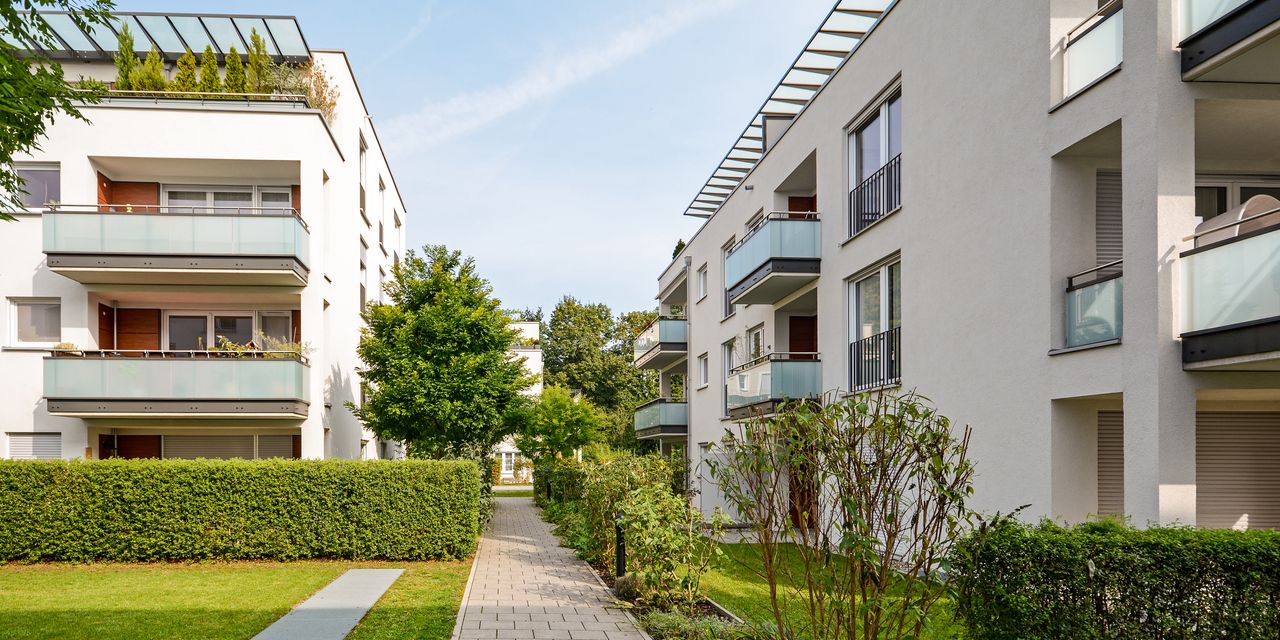The highest number of new multifamily apartments since the 1980s is expected to hit the rental market this year. The supply will continue to outweigh demand—with sluggish rent growth as a result.
A rental construction boom is underway, with a historically high number of large multifamily units under construction, according to Census data. CoStar Group, a commercial real estate services and analytics firm, says it expects 520,000 new multifamily units to hit the market this year. That would be the most units to come online since the mid-1980s, Jay Lybik,
CoStar Group’s
national director of multifamily analytics, told Barron’s.
And there’s more on the horizon: Lybik says he expects an additional 457,000 units to hit the market next year. Vacancy rates will likely continue to rise, and rent growth will remain low as a result, according to a report from CoStar apartment listings website Apartments.com. It’s not a new trend: The second quarter was the seventh straight quarter that multifamily supply has outstripped demand, CoStar data show.
The building boom comes at an unusual time in the housing market. The rental market, like the for-sale housing market, slowed from its earlier pandemic frenzy over the past year or so.
While the slump on the for-sale side is likely due to higher mortgage rates constraining both supply and demand, a different set of factors is weighing on renters. A raft of headwinds, such as the rapid rise in apartment prices earlier in the pandemic, broader inflation, and worries about the possibility of a recession, have weighed on would-be renters, says Lybik.
Demand picked up in the second quarter, but not enough to outweigh supply. “Despite positive absorption and rising renter demand, it was not enough to match the 140,000 units delivered in the quarter which pushed the national vacancy rate higher,” Lybik wrote in the report.
Not every market is seeing the same rent slowdown. Rents in places such as Cincinnati, Columbus, and Chicago, are among those that have increased the most from a year ago. The explanation once again comes down to supply: Markets with the strongest rent growth “just have not seen very much new construction,” Lybik says.
Rents in previously-hot markets, such as Austin, Las Vegas, and Phoenix, have fallen the most. “All the developers got the same memo and they all rushed into the same places,” Lybik says about the sunbelt region, a name for markets stretching across the southern U.S. “They all started building at once, and now the markets have crashed.”
Write to Shaina Mishkin at [email protected]
Read the full article here







